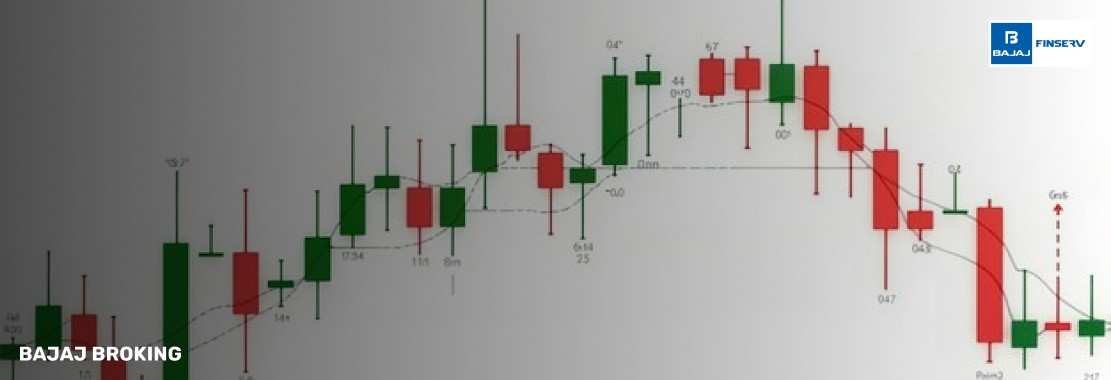Charts can be intimidating — all those candles going up and down, green and red. But if you slow down, each candlestick is like a diary entry of the market that day. Some of them, called Long Wick Candlesticks, stand out more than others.
Why? Because those long shadows suggest the market tried to go somewhere — higher or lower — but couldn’t quite settle there. That failed attempt often matters more than the move itself. Sometimes it hints at reversals, sometimes just a pause. Context decides.
If you’re just getting into technical analysis, don’t think of Long Wick Candlesticks as secret codes. They’re more like fingerprints, showing how buyers and sellers wrestled in that moment, even if the outcome wasn’t obvious right away.
What are the Features of a Long Wick Candle?
Extended Shadows
A candle with a shadow at least two to three times the body length usually counts as a long wick. That stretch shows price movement was dramatic, but momentum didn’t last till the close.
Smaller Body
The real body, often short, tells us that opening and closing prices were close together. So while there was chaos in between, the market eventually circled back near where it started.
Rejection Signal
Long wicks can sometimes look like rejection marks. The market tried to break out but swiftly came back down, leaving behind a sign that buyers or sellers pushed back hard at those levels.
Types of Long Wick Candles
Long Wick candles, sometimes nicknamed shadow candles, are simply candlesticks with unusually tall wicks. These wicks capture the tug-of-war between extremes — the high and low — and the final price where the market eventually settled.
Long Upper Wick Candles
Prices run up sharply during the session but close far from the high. That top shadow becomes a rejection line, suggesting buyers lost strength and sellers stepped in with pressure.
Long Lower Wick Candles
Here, prices sink fast but recover before closing. The long bottom shadow tells us lower levels were rejected, hinting that buyers defended the zone and may be ready for a bounce.
Significance of Long Upper Wick Candles
In a Bullish Trend
A market already moving upward may hesitate when a long upper wick appears. It shows bulls tried to push further but were stopped cold, raising the chance of a pause or a short-term reversal.
In a Bearish Trend
During a downtrend, a long upper wick can signal something else: sellers pressed the price down but buyers showed up, managing a temporary lift. Sometimes that results in a small rally before weakness returns.
How to Identify Long Wick Candles?
Long Upper Wick Candles
Look for candles where the top shadow towers over the body. That means prices climbed high but couldn’t stay there, closing much lower and leaving a tall mark behind.
Long Lower Wick Candles
Here, the bottom shadow is much longer than the body. It suggests sellers tried to drag the price down but failed, with buyers stepping in late and hauling it back up.
Ratio of Wick to Body
A common yardstick is two to three times the length of the body. If the shadow dwarfs the body that much, you’re likely staring at a classic long wick candle.
Trading Strategies Using Long Wick Candles
Reversal Trading
A long upper wick near resistance often warns that the climb may stall. A long lower wick at support can show the opposite — that sellers tested the floor but failed to break through.
Trend Continuation
Not all wicks reverse trends. In a strong rally, a long upper wick might just be profit-taking before the move resumes. In downtrends, lower wicks can be quick relief rallies before selling pressure continues.
Support and Resistance Levels
Traders often notice long wicks forming at big levels. A bottom wick near support feels like a buying sign; a top wick near resistance can be a warning of rejection and reversal.
Confirmation with Other Indicators
Long wicks aren’t proof by themselves. Pair them with RSI, MACD, or moving averages. If a long upper wick shows up while RSI flashes overbought, the case for reversal becomes harder to ignore.




